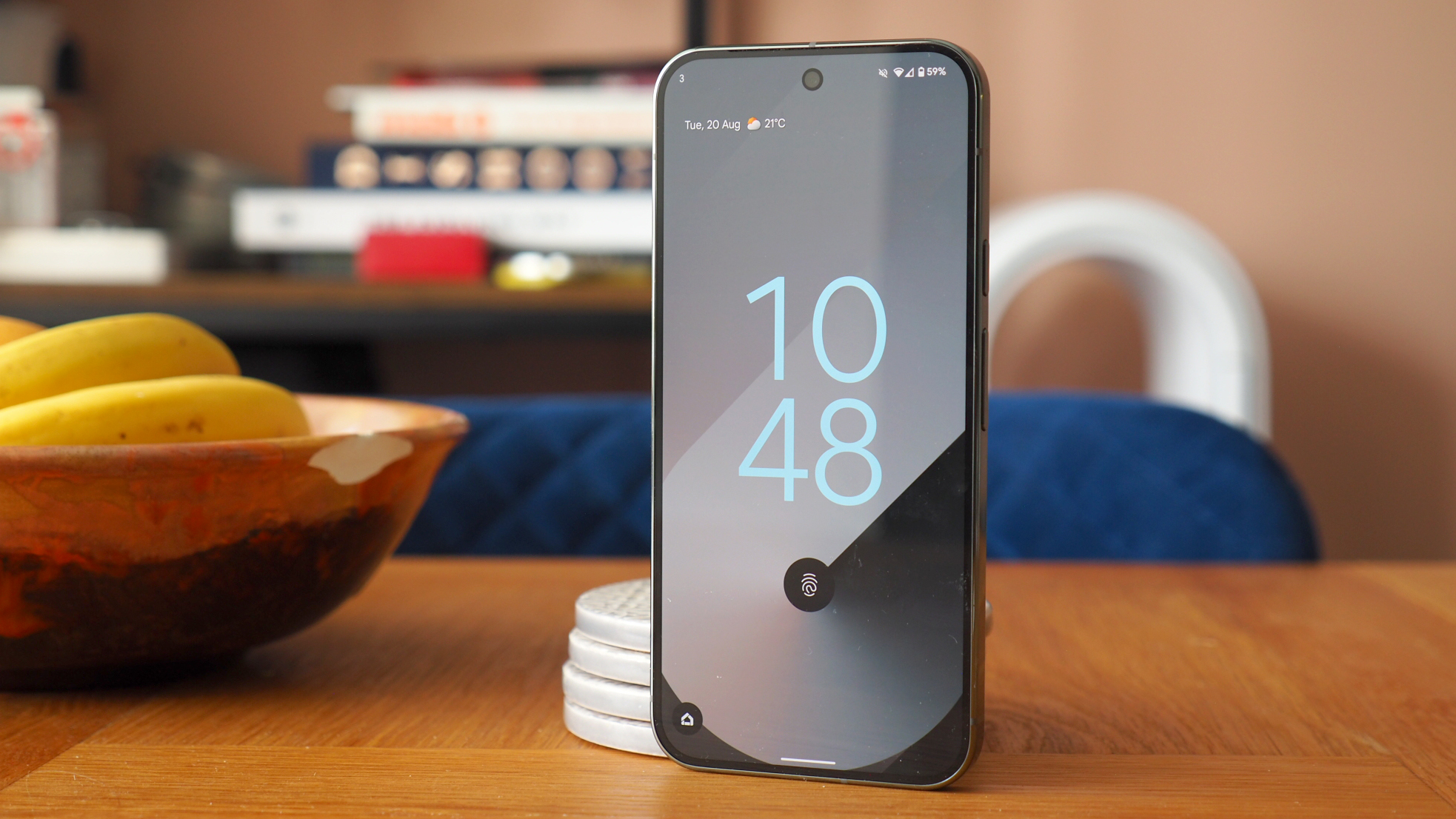
There was a time when an 'XL' Google Pixel flagship was the norm. But the last time that appeared was almost a full five years back. For 2024, however, Google is revisiting multiple product sizes for its Pro flagship phone – but, crucially, keeping the two handsets otherwise on par in terms of key features.
I've been using the Google Pixel 9 Pro XL for a full week for this review. It's no secret that I've been a fan of Google's phones for many years – two years ago the Pixel 7 Pro was my handset of choice (and a T3 Award winner). But it's been a bumpy road with last year's Pixel 8 Pro flagship not quite hitting the same heights and the original Pixel Fold missing the mark in my view.
Fortunately, the Pixel 9 Pro XL feels like a revitalised take on Google's best Android phone – one that, in many respects, feels like the most accomplished Android handset to take on Apple's iPhone 15 Pro Max that I've seen. It also feels like an adjacent offering to Samsung's Galaxy S24 Ultra, giving consumers a solid choice of options. And, you know what, the new Pixel might just edge it...
Google Pixel 9 Pro XL: Price & Availability
The Pixel 9 Pro XL sits at the top of Google's trio of flagship releases for 2024. In the next section below I'll get into the differences between Pixel 9, Pixel 9 Pro and Pixel 9 Pro XL so you can see at a glance which handset ought to be the best pick for you.
As the XL is the biggest Pixel in the range, it also comes with the biggest price tag, at £1099/$1099/AU$1849 – that being for the base 128GB storage model. That's competitive against its key rivals, though, such as the iPhone 15 Pro Max and Samsung Galaxy S24 Ultra.
I suspect the price will drop some months after Google's 22 August on-sale date, which is a couple of months earlier in the calendar than the typical Made by Google product release cycle. So keep an eye on those sales promotions – the shopping widget embedded above will bring you up-to-the-minute best deals.
Google Pixel 9 vs Pro vs Pro XL: What's the difference?
As this review is specifically for the Pixel 9 Pro XL I'll get the comparisons versus the rest of Google's range over with quick. As you can see in the at-a-glance table above, the Pixel 9 and Pixel 9 Pro are the same 6.3-inch size, with the Pro upgrading the cameras, display and RAM most notably.
The Pixel 9 Pro XL, at 6.8-inches, is ultimately just a bigger version of the Pro, bringing increased battery capacity, faster-charging speeds (charger dependent, mind), and more display resolution by virtue of its increased size. It'll cost a bit more, too.
Google Pixel 9 Pro XL review: What's New?
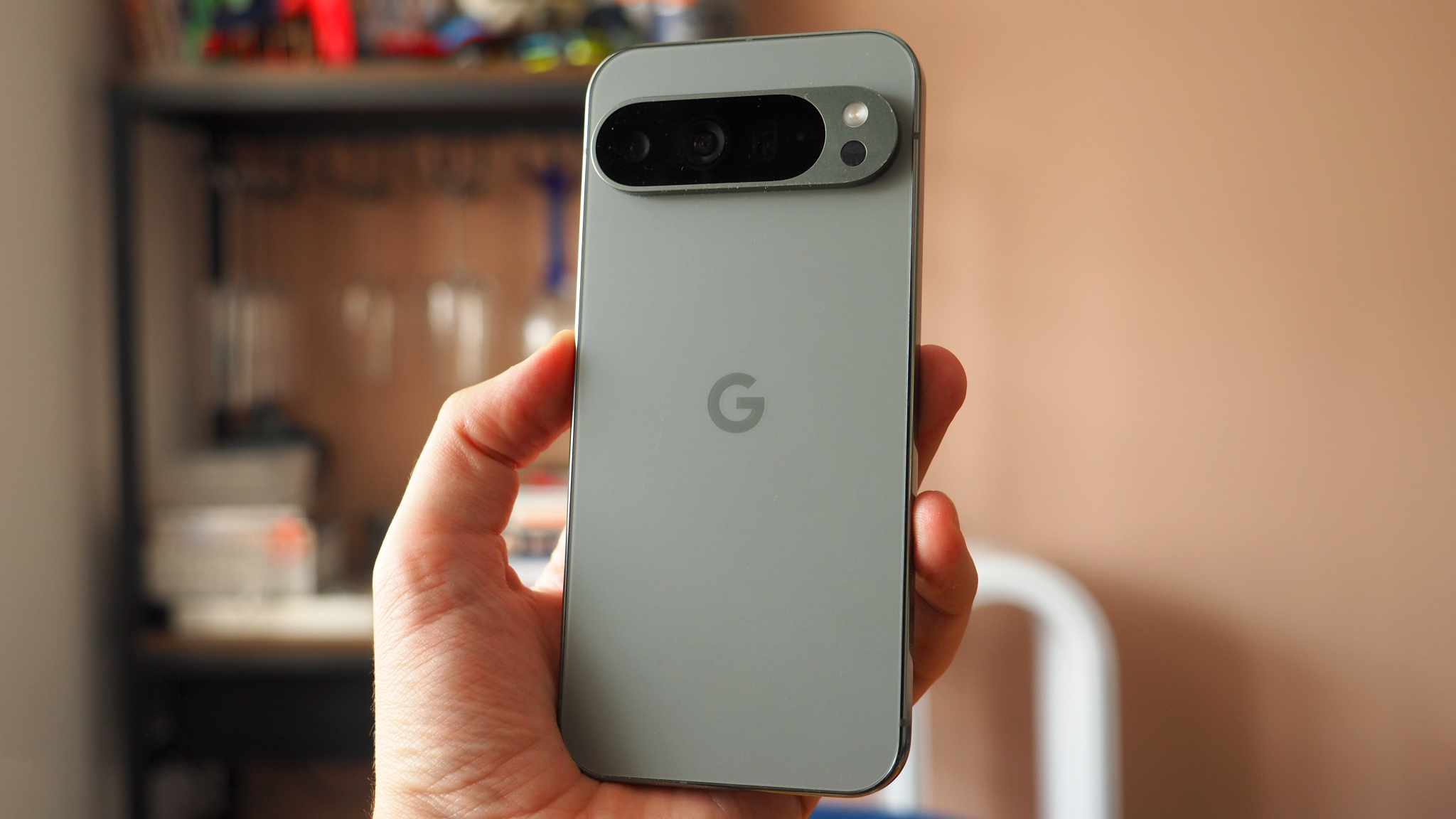
While there was no 'XL' version of the Pixel 8 Pro in 2023, that's the closest comparison to make against the Pixel 9 Pro XL, which is the natural upgrade model. And, believe me, plenty has changed.
First and foremost the design takes a different direction, with the 'camera bar' design on the rear now more of an 'island', really. The two handsets are almost identical in size, save for a few millimetres (or fractions thereof) here and there, but the 9 Pro XL upgrades the screen to a brighter 6.8-inch panel (up from 6.7-inch) by shrinking the bezel width by 15% compared to its spiritual predecessor.
Plenty has changed inside, too, with Google's Tensor G3 processor being upgraded to the newer Tensor G4 chip – and importantly now being paired with 16GB RAM as a base level. As Google offers lots of artificial intelligence (AI) features, as part of Gemini, that's an important step in seeing improvements there.
There's also a new vapour chamber for cooling to enhance battery life, which is a 5060mAh cell in the Pixel 9 Pro XL. That's almost an identical capacity to its spiritual predecessor, too, but the newer handset ups the wired charging from 30W to 37W – which seems slight, but can get to 70% charge in just 30 minutes. There's no plug in the box, though, and you'll need one capable of matching that speed to gain the benefit – and Google sells a 45W one.
Google Pixel 9 Pro XL review: Design & Display
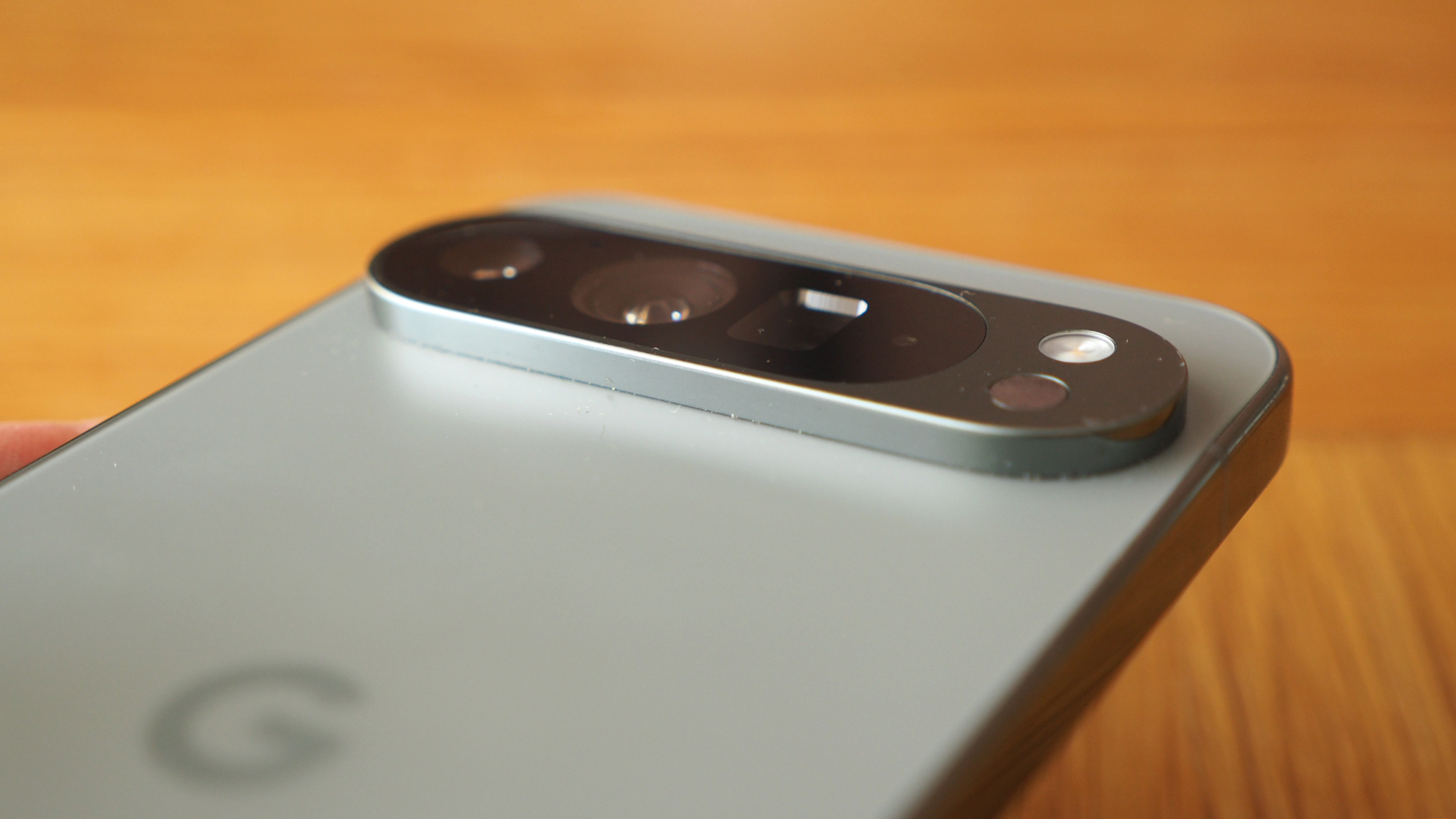
I've no doubt that the Pixel 9 Pro XL's design is going to divide opinion. I was always a fan of the 'camera bar' on the rear of recent Pixel models, which in this latest design no longer wraps into the edges of the phone – it's like a free-floating island, hiding the trio of lenses within it behind a curved, blackened shade.
At the Made by Google reveal event I wasn't sure whether I liked this new look, to be honest. But having now lived with the phone for a week – and, let's face it, various phones' camera bumps are getting massive, like on the OnePlus Open – I think it looks modern yet unique and stands apart from its competition.
It does come with the downside that those steeply-angled edges love to collect pocket debris, though. Oh, and as I've found out the hard way, that camera island is the first thing that's going to hit the ground if the phone slips – yep, mine is already showing some scuffs (which was also a criticism I had of the previous two generations of Pixel – despite the newer model claiming to be "twice as durable" owed to a new mid-frame architecture and method of glass integration). The metallic edges of the phone also love a fingerprint, so you'll be cleaning it down often.
In terms of colour options, Google has gone fairly subdued this year. I've got the Hazel finish on review, which is a sort of grey-green that's complemented with metallic highlights. The back panel has a resistive coating, which ensures it looks neat and tidy – and I find it comfortable to hold given the subtle curves on all edges. The black (Obsidian) or white (Porcelain) are the typically safe finishes, while the more out-there colour this year is Rose Quartz – a dusky pink, which I'm yet to see in person to have further opinion about.
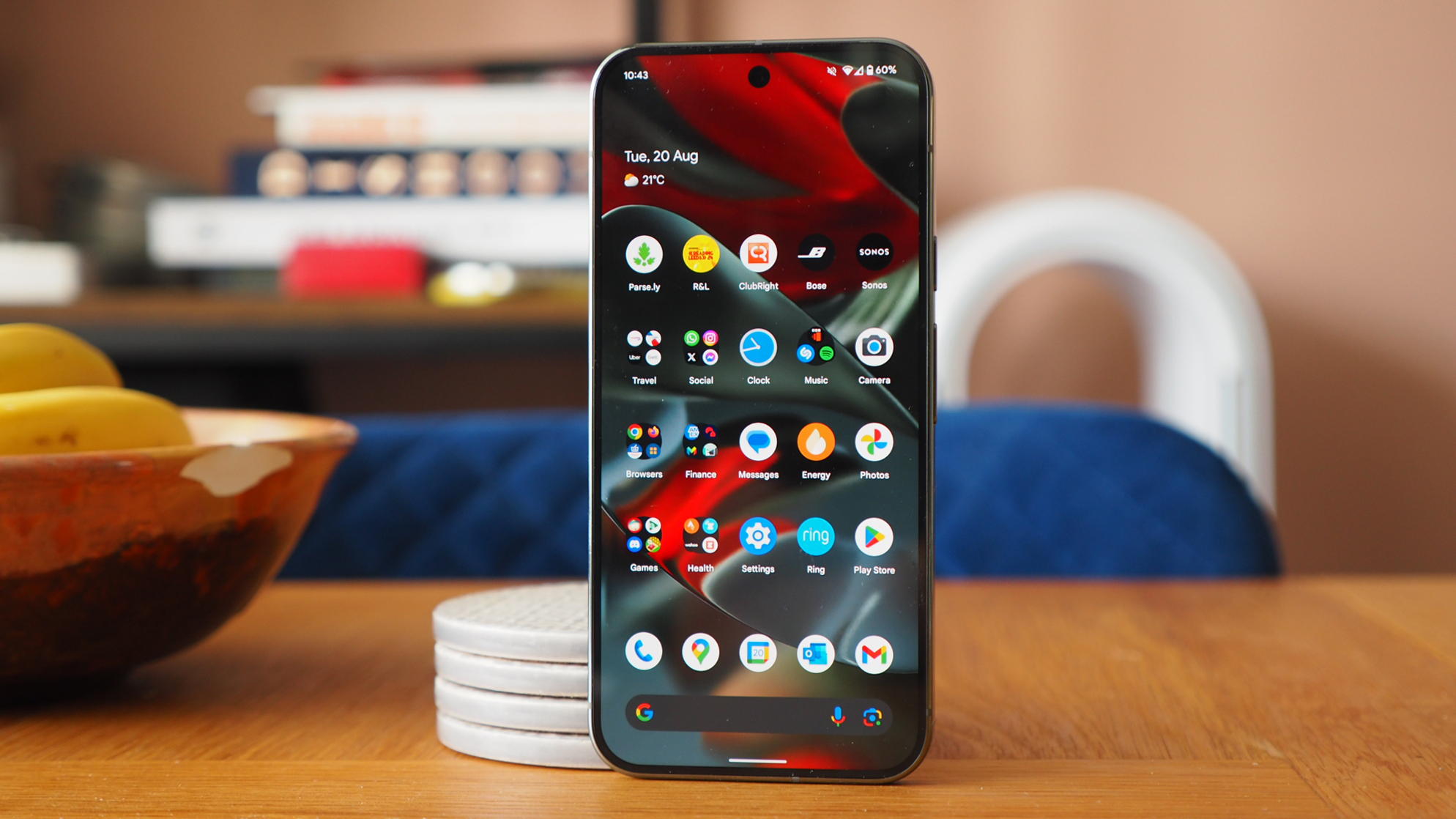
I'm super pleased that Google has finally managed to trim the edge bezel around the Pixel 9 Pro XL's screen. That puts it more in line with other current flagships, now that curved-edge displays are in the rearview mirrors of most brands (save for a number of the Chinese makers, such as Honor's Magic 6 Pro).
Where Google does love a curve, however, is with the phone's four corners. It doesn't look hugely prominent in my pictures, but those rounded-off corners are more significant than much of the competition. It's a fairly small thing, but that causes some content to be partially cropped – such as, say, part of the 'x' to close an in-game advert. Seeing as Google is the creator of Android, and it knows how most apps function, I think the curves are a little too steep really – but it's a minor complaint.
When it comes to the display in general, however, it's very hard to complain. Indeed, I think the Pixel 9 Pro XL might have the best display I've seen on an Android phone to date. There's just this jump-off-the-screen pop about its images, that Super Actua OLED panel delivering high-contrast and punchy colours that look simply sublime – yet beautifully balanced and natural when they need to, too.
As I said up top: I think this Pixel represents the closest iPhone rival in an Android device that I've seen. Apple's displays offer similarly punchy visuals, as anyone who's seen or lived with one will know. The only foibles I can throw at the Pixel are a slight glossy sheen which is noticeable at lower brightness levels – and I've often found the auto-brightness is overzealous in dipping the output levels (but suspect this can (and hopefully will) be tweaked in a software update). Ramp up the brightness and it's a glorious visual treat.
Google Pixel 9 Pro XL review: Performance & Battery
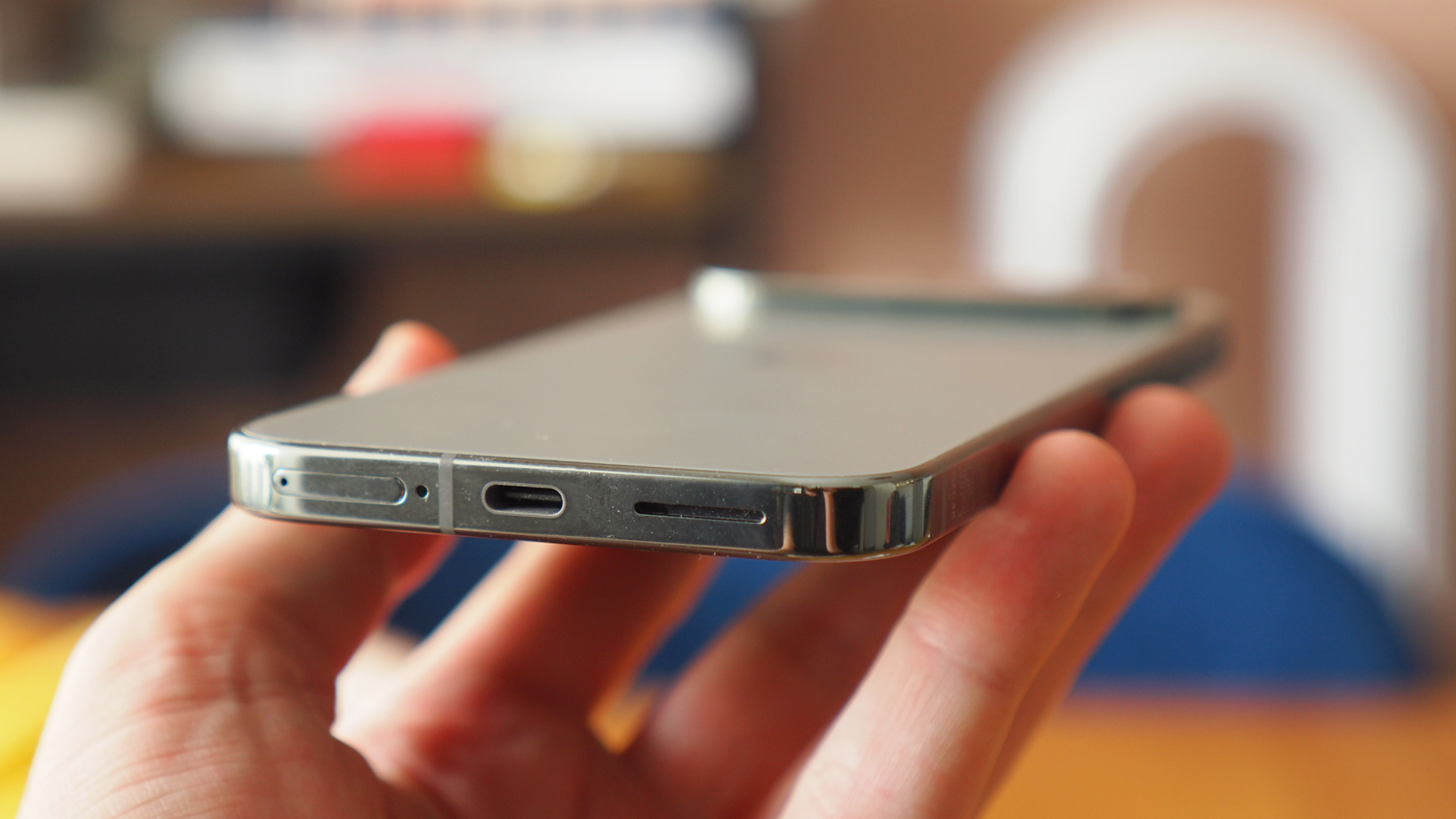
My auto-brightness comment is interesting, though, as I think Google has really used the Pixel 9 Pro XL as an exercise in balance. Without dialling features up too high or too low, this handset does a great job in lasting the extra mile, while delivering ample levels of power too. The auto-brightness, clearly, is related to extending the battery life.
Speaking of which: I went to a friend's house over the weekend while testing this phone and forgot to bring my charger. Thing is, I didn't even need to ask to borrow one overnight because I've found the Pixel 9 Pro XL's battery life to be brilliant. That Saturday into Sunday I climbed into bed at 23:00 with just under 20% still in the tank – but the phone had lasted for 39 hours.
Granted, that was my record, largely helped along by the fact that I was talking with friends more than actually using my phone. But that still had included 8 hours of screen use time, I'd Strava tracked an 8-mile walk outside of that, Bluetooth had been on for a couple of hours to play some tunes, and I'd played games for 90 minutes from bed in the morning too. The Pixel 9 Pro XL is a boss when it comes to battery life.
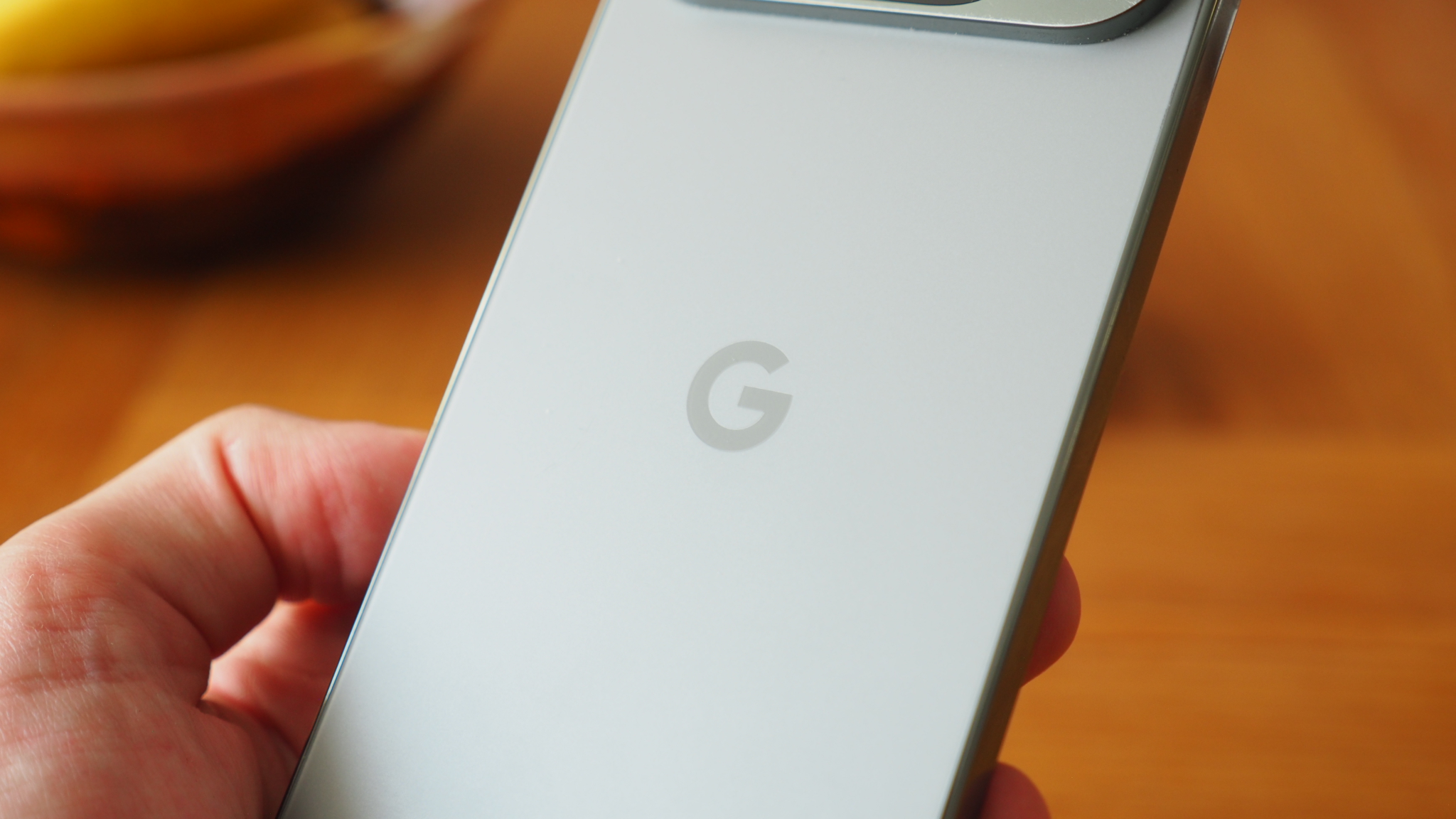
Like I say, it's all down to balance. Take Google's Tensor G4, for example: it's a step beyond its G3 predecessor, which was one of my bugbears in performance in the earlier Pixel 8 handsets. By comparison the Pixel 9 Pro XL doesn't drop frames in even fairly demanding games, so I've had super-smooth experiences across many apps – which can be open simultaneously, thanks to the 16GB RAM on board.
However, those looking for the ultimate performer will want to know that there's throttling to the G4 chipset's output – so you're not going to get the unchained power of, say, Qualcomm's Snapdragon 8 Gen 3 chip for ongoing sessions. That might sound bad, but from my experience it's caused zero issues – I've not suffered noticeable frame-rate drops in games, for example, and realistically this position of balance means the phone doesn't overheat and doesn't drain the battery as quickly as some. Which, ultimately, makes for a great user experience. So I'm down with Google's approach here.
There are a couple of areas where Google has turned on some settings by default to achieve this though. The display resolution, for example, is cut to 1008 x 2244 pixels straight out of the box. You need to select 'Full resolution' for the 1344 x 2992 output – which, you guessed it, will lower the battery's longevity (and it does so by quite a lot). On the flip side, Smooth Display's 120Hz maximum refresh rate output is on by default – you can toggle it off for 60Hz maximum and a battery life boost. I wouldn't, though, as the dynamic higher refresh rate keeps everything buttery smooth – whether in the Google Photos app or when playing a game.
Google Pixel 9 Pro XL review: Gemini AI
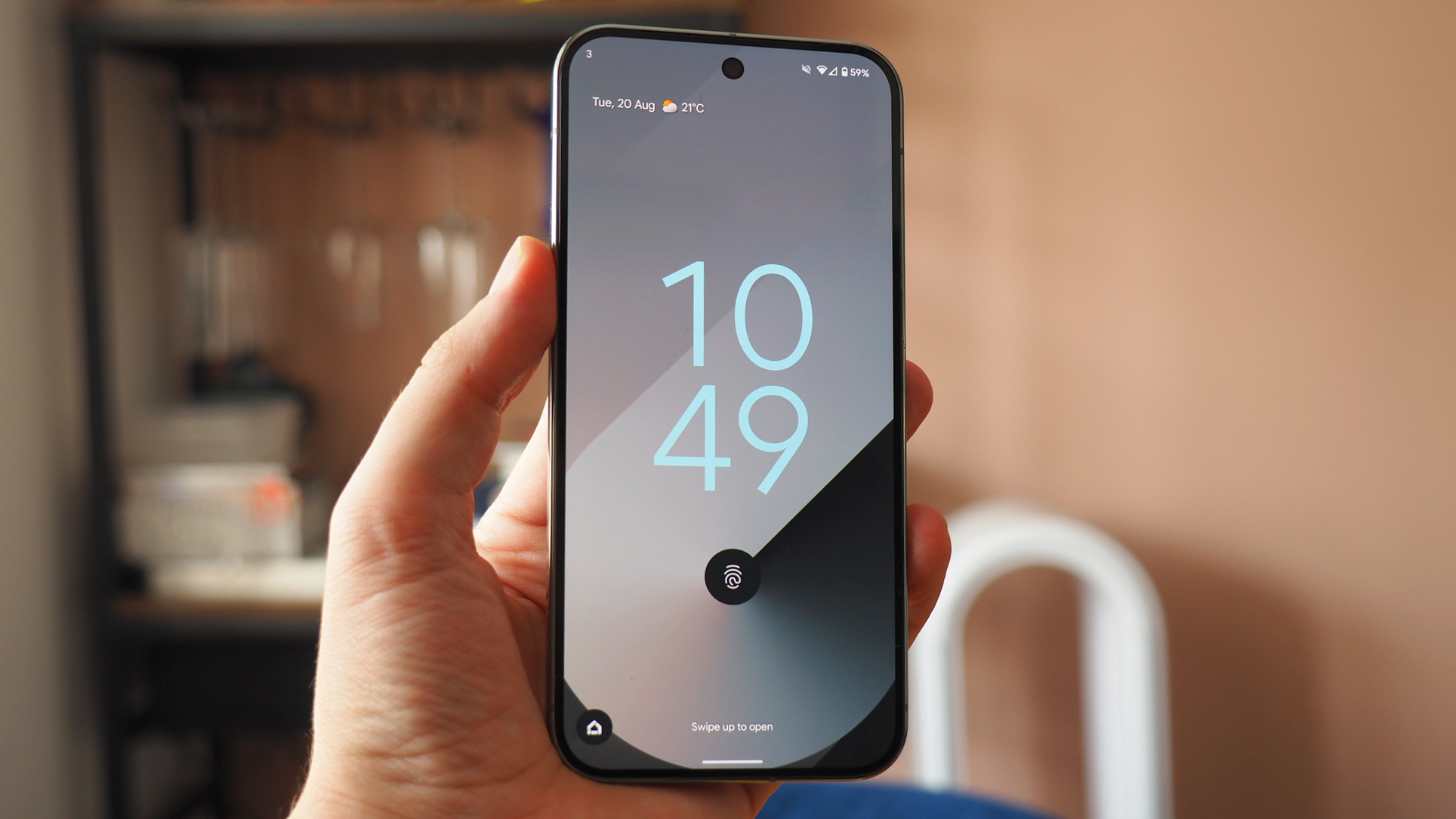
A major part of the Pixel puzzle is the inclusion of Google's artificial intelligence, Gemini. Indeed, Tensor G4 is the first Gemini Nano (that's Google's "most efficient model for on-device tasks") with multi modality, making it "the most capable on-device AI model". It quotes 45TOPS – that's 'tokens per second', the trillions of operations that can be performed – and contrary to what I said about Tensor versus Snapdragon above, that puts Google's chip theoretically ahead in this department.
Or, at least, it's ahead in the ability to perform more operations. But 'more' doesn't instantly mean 'better' – and this whole AI bubble has a fairly long way to go before it's truly beneficial to all available features. I can see the potential for sure, especially with return message prompts in Gmail and even WhatsApp – it's just going to take longer to train these models for even more applicable responses that will benefit users' lives all the more.
It's much the same regarding the on-device camera and imaging AI features. A lot of these are brilliant in theory – object removal from a scene; generative-fill to expand a scene; even Add Me to enter a capture and be added – but, having explored these features and had critical conversations with long-time T3 freelancers to assess their views, they're still works in progress. Blurry areas where subjects are removed, subjects' hands going 'through' surrounding objects or being generated in some kind of dystopian view that's prevalent in AI right now. It's on the pathway to success, but there's a long road yet. And that's no dig at Google specifically – I'd apply the same brush to Samsung's Galaxy AI or any other makers' features too.
Where the AI stuff is far more useful, for me anyway, is with the automatic recording and transcribing. Google's been doing this a long time in its Recorder app, and it's only gotten better over time. I hope that this kind of progress can be applied to the new Pixel Screenshots app, which is supposed to be AI-smart – but struggles to do much more than 'read' the text in images for search purposes, far as I can tell (and even then, not always with success). That's why I'm surprised some features are behind a Gemini Advanced paywall – you'll get a year for free with a Pixel 9 Pro XL purchase, after which it's a pricey commitment (at £18.99/$19.99 per month). That's a warning sign that the future of phones could be subscription-based – as I wrote about after the Made by Google summer event.
Google Pixel 9 Pro XL review: Cameras
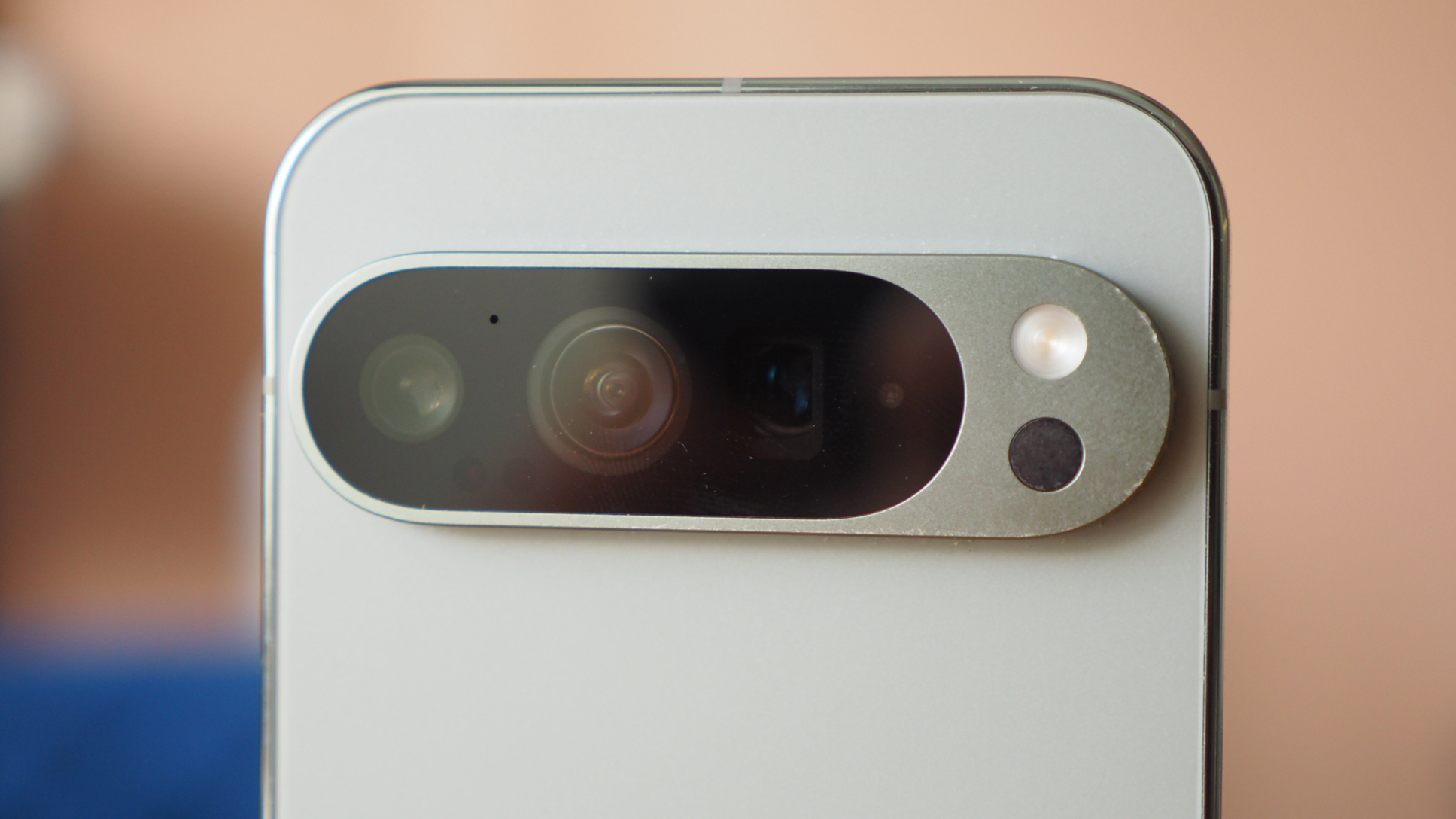
So while some of the generative AI features in the cameras department are fun, it's actually the raw capability and versatile optical setup in the Pixel 9 Pro XL that I think most sells it – as despite no distinct hardware advances generation on generation, this remains a sensational cameras setup.
Google has also rebuilt the image processing pipeline from the ground up, to deliver an even more seamless capture experience – whether point-and-shoot, handling the Pro controls, or benefitting from the handheld low-light capture of Night Sight and Night Sight Video, this is an easy-to-use and effective camera system.
But it's the trio of lenses that really defines the Pixel 9 Pro XL: there's a 50-megapixel main lens with fast f/1.7 aperture and optical stabilisation (OIS), a 48-megapixel 5x optical zoom also with OIS, and a 48-megapixel ultra-wide camera too. The results from each look consistent, as if all are working in unison, so you need not think about which you're using.


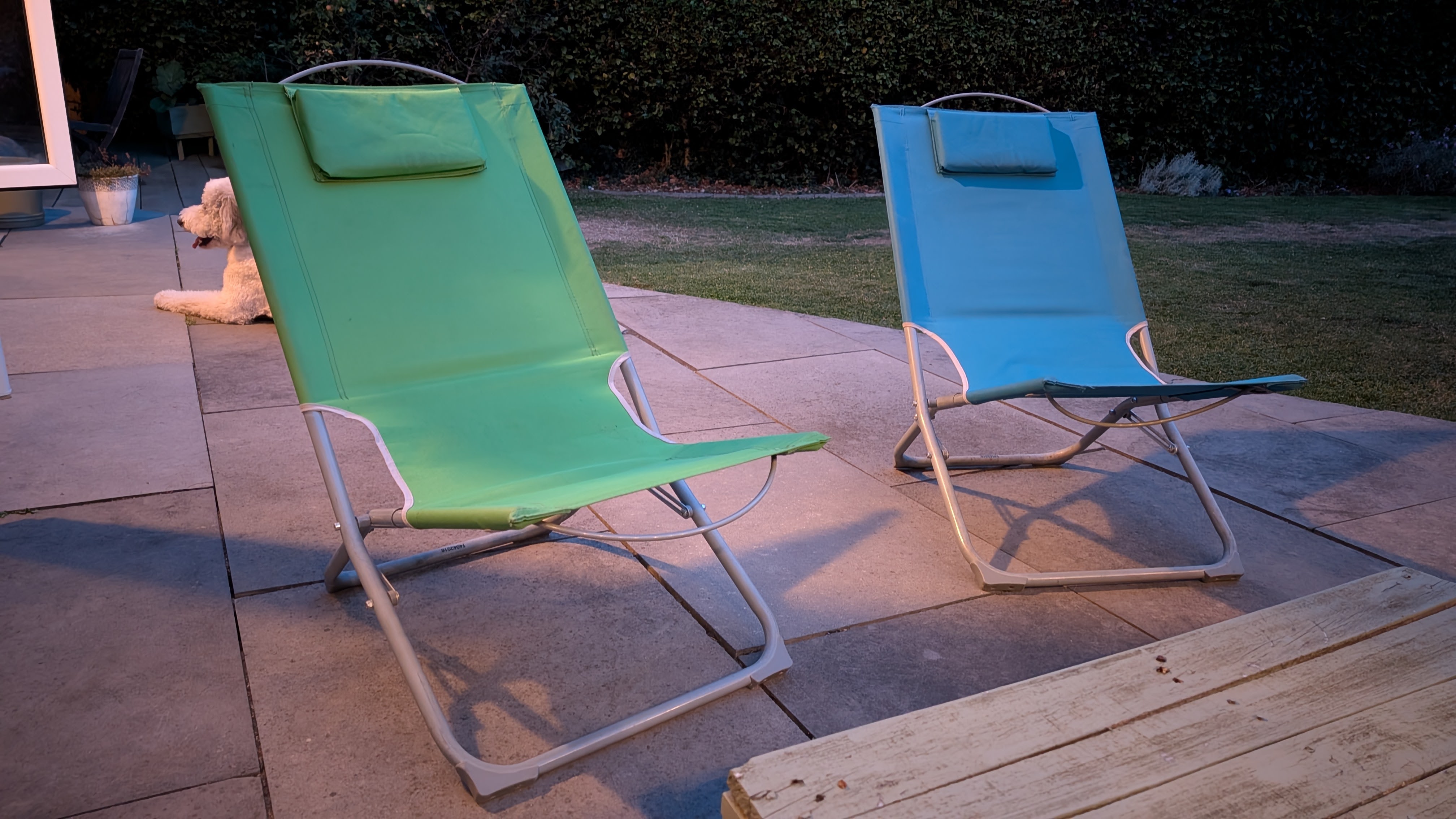



I particularly love the ability to capture far-away subjects from that periscope optical zoom – and the stabilisation system is really good at counteracting hand movements during capture. I don't always use 5x zoom to the maximum, but the camera app offers a quick-select software bar, where you can pick from 0.5x, 1x, 2x and 5x (or simply pinch-to-zoom instead). It's a decent zoom setup.
The camera will prompt automatic mode selection, such as macro for close-ups and Night Sight in low-lighting conditions, while a simple press on a subject can lock focus – even when you continue to move the phone around – which makes for effective capture of those more elusive subjects.
The results, much like the Pixel 9 Pro XL's display, are punchy and bright. You don't even need good light for a Google phone to pull out untold exposure and detail – so even nighttime shooting is a breeze. That's long been a Google staple, but it only continues to improve.
Knowing that Magic Editor will also only continue to improve for years of updates (7 years is promised) also makes Google a powerhouse in the computational photography world. This is one of the best phones when it comes to shooting with ease – and I'd only expect it to improve over time.
Google Pixel 9 Pro XL review: Verdict
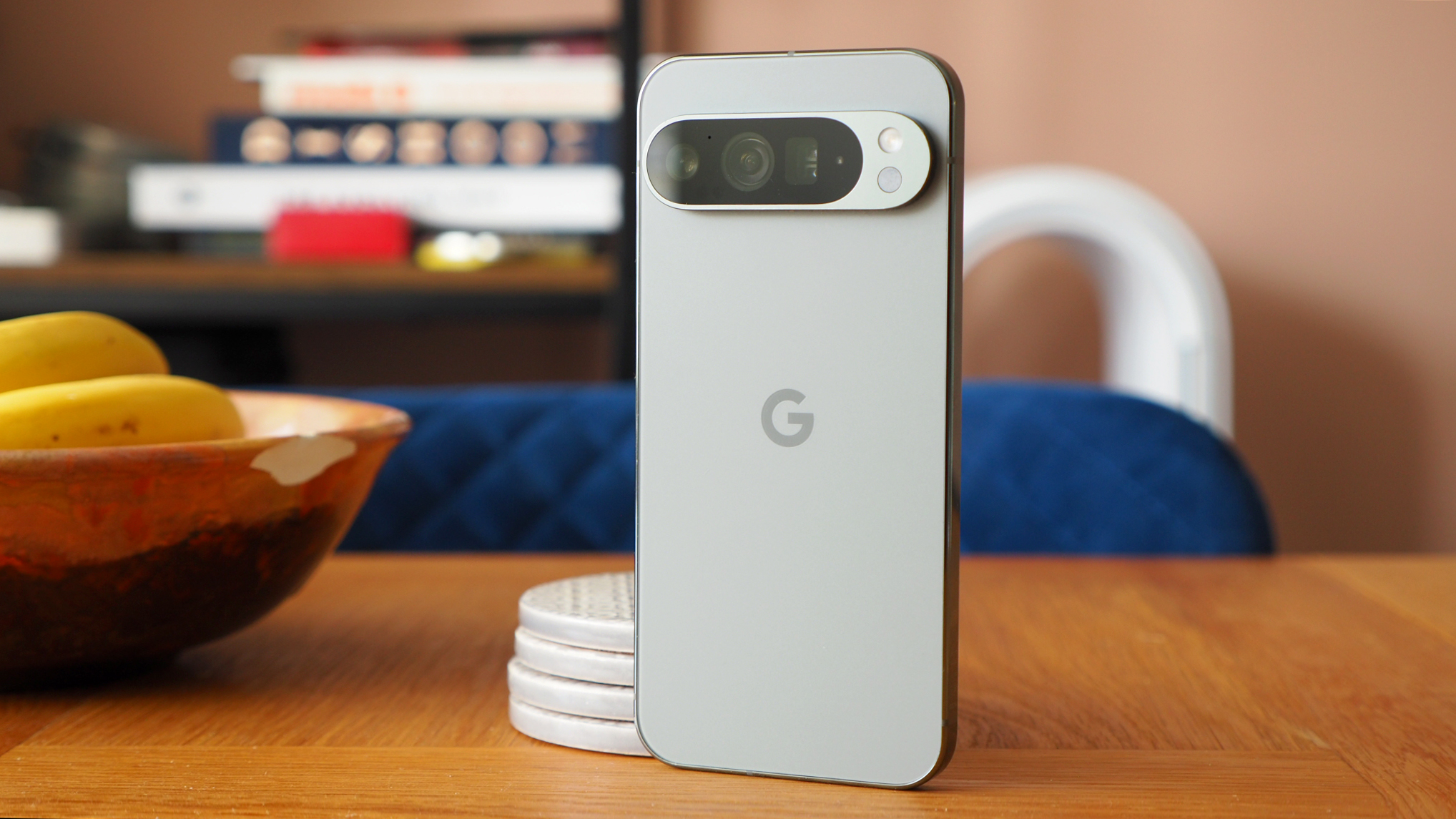
The Google Pixel 9 Pro XL is a beautifully balanced experience, offering heaps of power yet superb longevity per charge in a package that's been redesigned with great consideration. Sure, the camera bump on the back is now pretty massive – but the cameras within it remain exemplary.
As with any device there are foibles: those curved corners are considerable; Gemini AI is fun but needs to develop further; and the auto-brightness is sometimes a bit over-keen. But those are minor bothers in the bigger picture – as what we're left with is one of the best Android phones I've used in a long time.
What I find particularly compelling about the Pixel 9 Pro XL is how it stands apart from the Samsung Galaxy S24 Ultra in terms of form and function, while delivering an iPhone-rivalling display that's super-punchy. That Google also promises 7 years of software and security support, plus feature drops that'll further advance its AI feature set, simply means the best will only continue to get better.
After a 5-year absence of any 'XL' model in Google's Pixel line-up, this revisit sees the big boss back and on top form. The Google Pixel 9 Pro XL is a stunner.
Also consider
The XL model too big for you? There's the Google Pixel 9 Pro instead, with a 6.3-inch display, but otherwise the same core package. It'll save your hands having to stretch, and benefit your wallet a little too.
As an alternative brand, the Samsung Galaxy S24 Ultra is a superb large-scale phone, which comes complete with an S Pen stylus embedded – ideal for enhancing your workflow. It's a few months older now, so you can get a good deal on this stellar phone too.
Or if Android isn't really your bag and you're looking to buy an Apple handset then the iPhone 15 Pro Max is largely comparable to Google's efforts. It's an ideal match if you're embedded in Apple's ecosystem for the ease-of-use handovers between products, plus it's a mighty fine phone design too.







